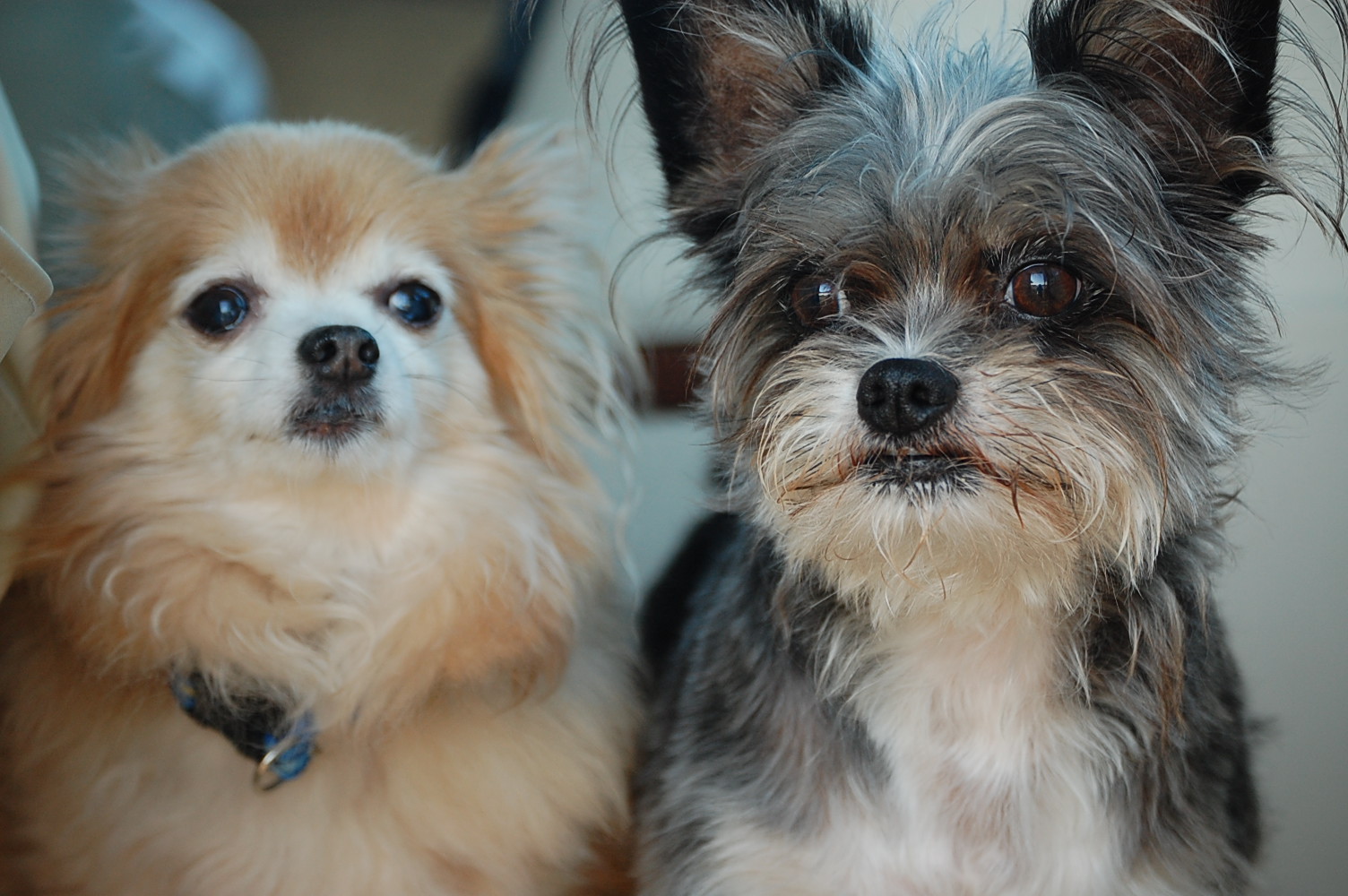MYTH: My pet will get fat and lazy.FACT: The truth is that most pets get fat and lazy because their owners feed them too much and don't give them enough exercise. An animal that is spayed or neutered at an adult age may experience a reduction in metabolism so it is important to ensure proper calorie intake for the first 6 months after surgery.
MYTH: It's better to have one litter first.
FACT: Medical evidence indicates just the opposite. In fact, the evidence shows that females spayed before their first heat are typically healthier and have reduced possibility of developing mammary (breast) cancer.
MYTH: My children should experience the miracle of birth.
FACT: Even if children are able to see a pet give birth–which is unlikely, since it usually occurs at night and in seclusion–the lesson they will really learn is that animals can be created and discarded as it suits adults. Instead, it should be explained to children that the real miracle is life and that preventing the birth of some pets can save the lives of others.
MYTH: But my pet is a purebred.
FACT: So is at least one out of every four pets brought to animal shelters around the country. There are just too many dogs and cats-mixed breed and purebred.
MYTH: I want my dog to be protective.
FACT: Spaying or neutering does not affect a dog's natural instinct to protect home and family. A dog's personality is formed more by genetics and environment than by sex hormones.


